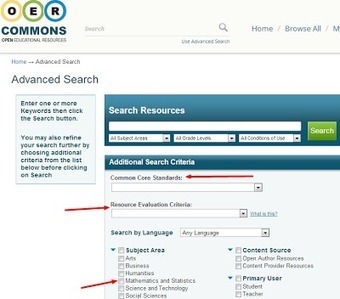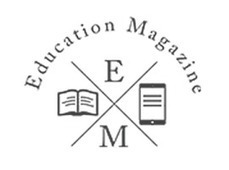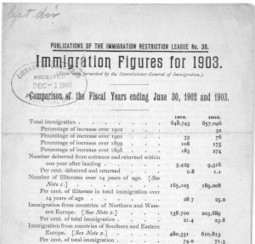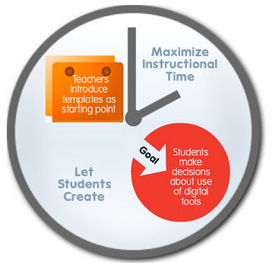Happy academic year 2013-14! Here’s what we’ve got on our blog and how you can use it, whether you’re a teacher, a student (of any age) or a parent.
Get Started for FREE
Sign up with Facebook Sign up with X
I don't have a Facebook or a X account
 Your new post is loading... Your new post is loading...
 Your new post is loading... Your new post is loading...

Mary Reilley Clark's curator insight,
August 29, 2013 4:00 PM
The fishbone template might be especially useful in SAI classes.

Dr. Dea Conrad-Curry's curator insight,
August 21, 2013 11:08 PM
My comment to Fran's blog: Thank you, Fran! A good primer on Lexiles to teachers in search of a text! I spoke at a Common Core Conference in June and while there, sat in on a informal presentation by Malbert Smith, developer of the Lexile Framework and MetaMetrics President. He shared with us that one of the most distinguishing aspects of the algorithm determining Lexile ratings was the appearance of rare words in a text. So while many think it is about word and sentence length, it is really about the frequency of a word in a corpus of 6 million words used by the analyzer. Semantic difficulty paired with syntactic complexity determines Lexile levels. The reason novels are relatively low in the Lexile ratings is because they contain dialogue which is usually comprised of conversational language and not rare words. In a bit of fun, he shared some very short words with us and showed how quickly their inclusion can change a Lexile rating. Good stuff to know.

Mary Reilley Clark's curator insight,
August 12, 2013 3:56 PM
Let your teachers know you and your library are ready for the Common Core! Feel free to edit for your own use.

ratzelster's curator insight,
August 8, 2013 1:23 PM
Overwhelming??? Maybe. But there are ways in which to consider this in small enough size pieces that make sense.

Mary Reilley Clark's curator insight,
August 1, 2013 2:25 PM
Excellent resource for articles for your classroom! Students can adjust their reading level by lexile, which allows you to assign one article, differentiate instruction, and not stigmatize a student with a lower reading level! You can create a class binder, give students an access code, and track the quizzes they take. Or assign a certain number of articles and let students choose their own articles on topics that interest them. I think this is the best resource for informational text I've seen in 2013! 
Amy Stoeckly's curator insight,
October 21, 2013 3:22 PM
AMAZING website-You have to check this one out! Something for everyone here: Science, current events on all kinds of topics, social studies, culture and more! What's more to love: you can adjust the lexile (reading level) , some come with worksheets or assessments, and you can save these in your teacher binder. With this FREE account you can email these articles out to students to read as homework and have them come to class ready to discuss.

Linda Jones's curator insight,
July 15, 2013 10:08 AM
Always loved the resources from the Library of Congress.

Pamela Perry King's curator insight,
July 7, 2013 10:38 PM
Great Idea for Professional Development! Teacher as the student. 
ratzelster's curator insight,
July 21, 2013 10:57 AM
Super simple. Easy to understand. This may be one of the best articles I've read on this concept.....there's been so much fuss and it's really only 3 simple steps.
lbligen's curator insight,
August 4, 2013 3:29 PM
Strategies principals use to evaluate teachers by annotating, analyzing and reflecting. |

John Scott Lucas's curator insight,
June 20, 2013 12:17 AM
Some excellent unit plans for teaching Close Reading in grades 6-12. Follows Common Core standards, but also helpful to those of us in VIrginia. |

































Several easy to implement ideas for Common Core-aligned lessons using resources from The New York Times Learning Network